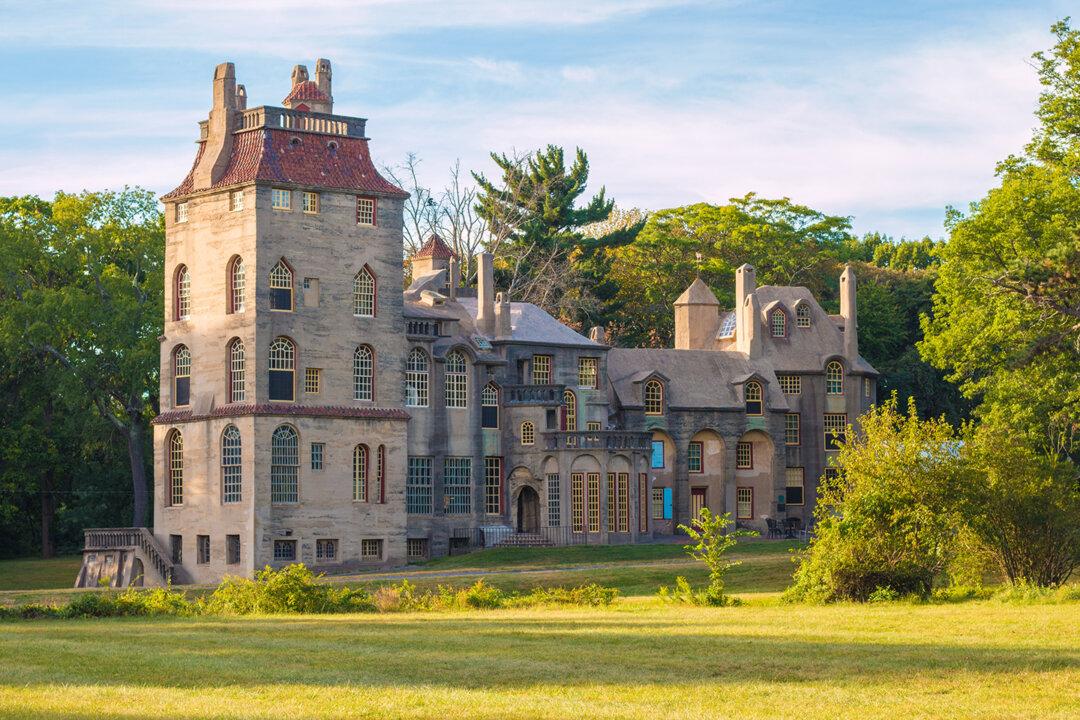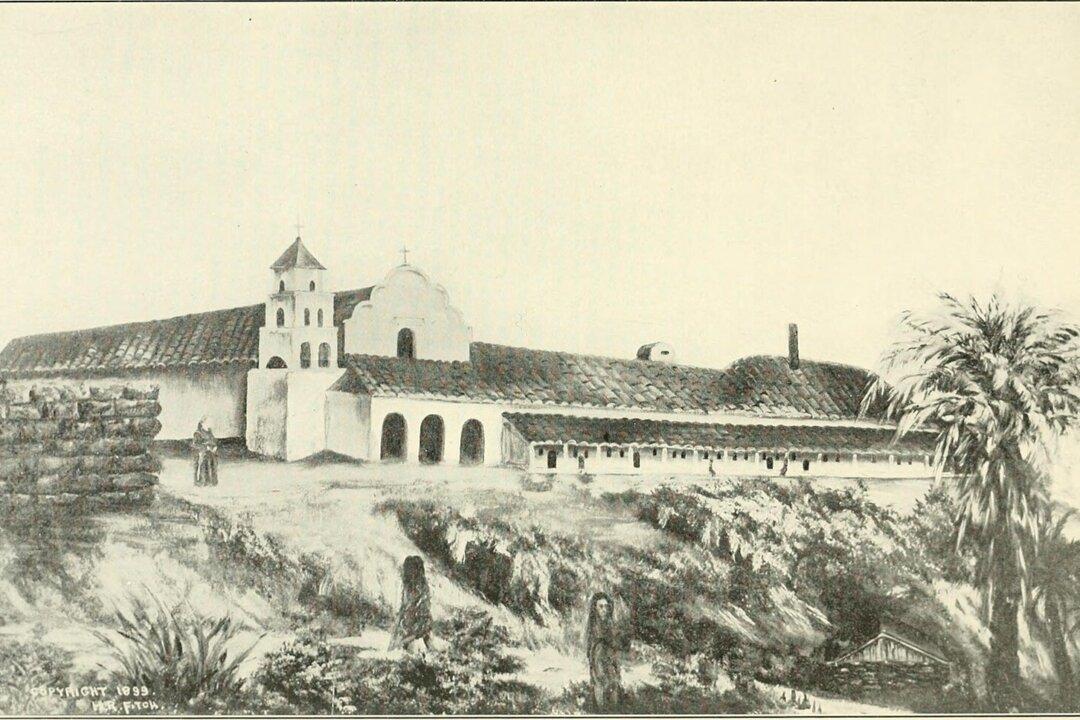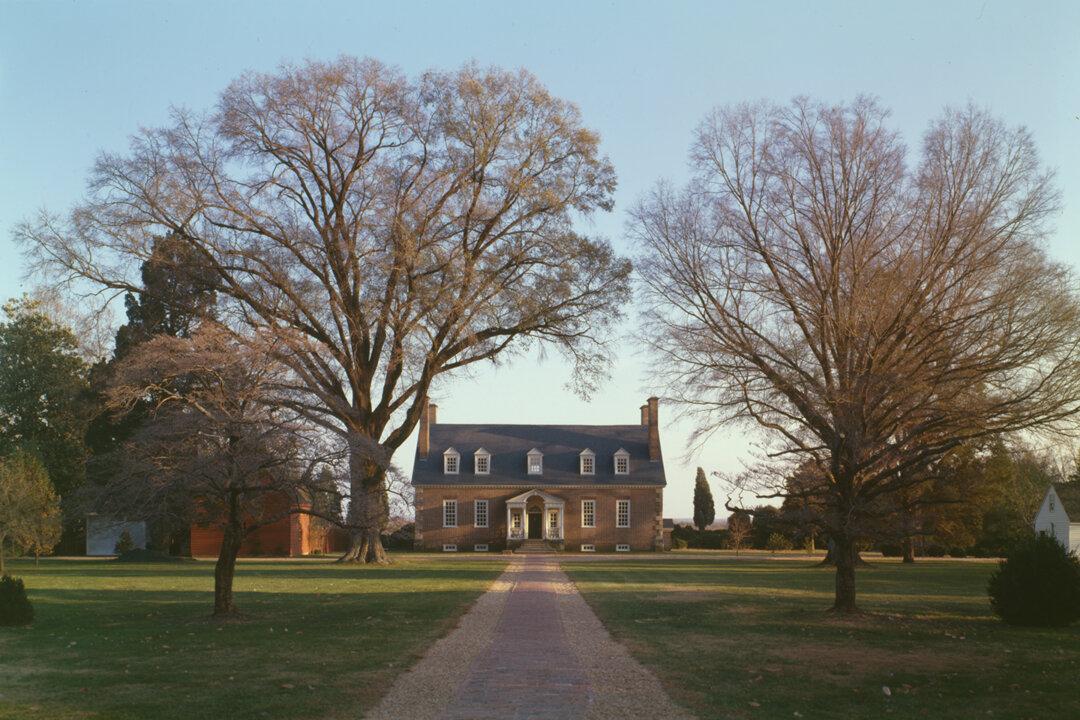Close to 3 million people visit Key West, Florida, each year. Top attractions are beaches, clear turquoise waters, popular Duval Street for its restaurants and shopping, and author Ernest Hemingway’s home. Yet, there is more history to be had here. Two less familiar sites are nestled into back streets in Key West’s oldest neighborhood. They provide history-seeking travelers insight into two periods in America’s past.
Key West Lighthouse is located just a few blocks from the shore and from the U.S. Naval Base; and, the Little White House is on Front Street, five blocks walking or biking distance to the north.

The lighthouse was once unobscured by trees and buildings because it was at the end of the last “key” (small, low-lying island) in the Florida Keys. Its light was unobscured, paramount for sailors who didn’t want to run aground on the island. But now, the lighthouse is surrounded by homes and buildings from the late 19th and early 20th centuries.
Still, the lighthouse gives visitors an intriguing glimpse into what was then a difficult life. At this time, it was an extremely remote place that was often unforgiving due to hurricanes. In fact, there have been two lighthouses; the first was destroyed by a hurricane. One person, Barbara Mabity, had the opportunity to work in both buildings.

Back in 1826, a married couple moved to the key. Michael Mabrity was lighthouse keeper and his wife, Barbara, assisted him. But tragedy struck when he died suddenly of yellow fever in 1832. His widow had six children and no income. The government appointed her sole keeper of the Key West lighthouse.
For the next 12 years, Barbara kept the lighthouse. A hurricane destroyed it in 1846, but she survived. Construction of the new lighthouse was finished in 1848, and she resumed keeping the lights lit for sailors at sea. By the time Union soldiers took control of it in the 1860s, Barbara was in her 80s. She'd been Key West’s lighthouse keeper for a total of 32 years.
Visitors will learn about this unique lighthouse’s history. They can even climb the 88 steps of the brick lighthouse, painted white, to its black tower and catwalk. Also on the grounds is the lighthouse keeper’s house. Today it’s a museum that showcases artifacts, photographs, documents, and more.

Truman’s Getaway
Nearby is another portal into American history. The Little White House—its wood-siding painted white—had humble beginnings, but soon became vital for higher-ups in American government.The 34th U.S. President Harry S. Truman grew exhausted from 19 months of nonstop work—mostly for guiding the U.S. out of World War II. He planned a respite at a house where the former president, William Howard Taft, stayed in 1912 when he was on his way to inspect the Panama Canal.

The two-story house was built in 1890 for the acting Navy commandant and paymaster. It was also used as a two-family residence by the Navy until 1911.
The warm weather, tropical breezes, and comfortable home did the trick. Truman returned so many times during his presidency, 11 total, that he and others began to refer to his working vacations as taking place in the “Little White House.” In fact, he spent approximately 10 percent of his presidency there. Even after his presidency ended in 1953, Truman sought the solace of the dwelling five more times. His last trip to Key West was in 1969, when he was 85 years old.
Any sitting or former U.S. president can arrange to stay in the Little White House, and Presidents Jimmy Carter and Bill Clinton have have done so. However, most of the time, the Little White House is simply a presidential museum that pays homage to Truman. Anyone, president or not, can visit and participate in a house tour.

The house remains apportioned in the Truman’s simple, mid-20th century Floridian style. It’s defined by white or blue walls and mostly white-painted wood or iron furnishings. Upholstery is covered in floral and tropical-print fabrics. A few different desks and office spaces with presidential letterhead, books, inkwells, and family photos attest to the work-related nature of Truman’s stays there.

Plus, on walls, tabletops, and lying on chairs throughout are historic photos and newspaper clippings featuring the former president. Especially memorable is the iconic photo of Truman holding up a newspaper with the headline “Dewey Defeats Truman.”
“He was a simple guy,” shared a docent during a March 2025 tour. “He liked for things to be comfortable and basic while he was here. He would grill out himself, go to the beach, and when his wife, Bess, wasn’t with him, he would write her a letter daily.”

Also in the home is Truman’s round poker table and a July 4, 1949 photograph of him playing poker with members of his staff. A cubicle in the home was the office space for a Secret Service agent. It includes a daily log book from 1946 as well as a dial-up telephone from the mid-1900s.
Docents guiding the public on tours of the Little White House also touch on some of the historical events that marked Truman’s time in office.
Sometimes the less familiar historically significant sites in a town or city are the gems worth mining.







